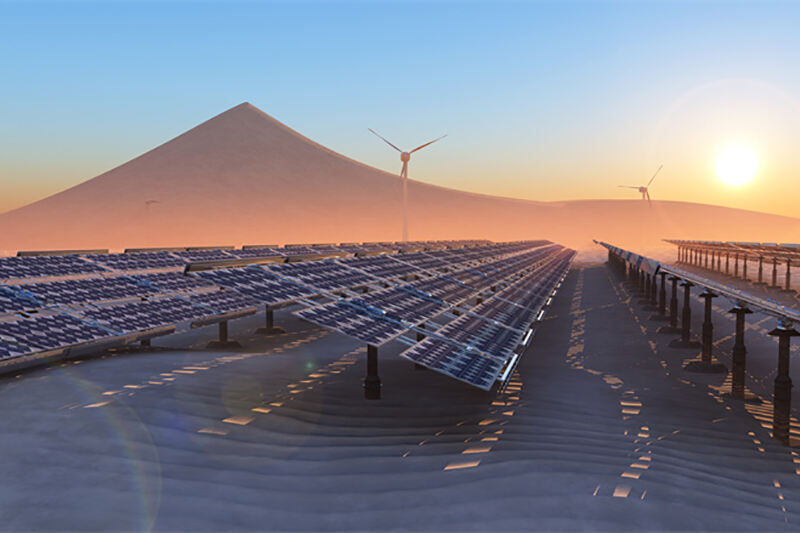Source: Industry policy Analysis and Enterprise Dynamics
Policy influence
China's "dual carbon" policy: It requires photovoltaic projects to enhance their reliability throughout the entire life cycle and promotes the upgrading of technical standards for wind-resistant, snow-resistant and sand-resistant brackets.
Electricity price marketization reform: Document No. 136 promotes the linkage of project revenue with the power generation curve. Intelligent tracking brackets have become beneficiaries of the policy due to the optimization of "power generation during high electricity price periods" (increasing by 10%).
Global trend: The EU carbon tariff (CBAM) is forcing photovoltaic bracket enterprises to adopt low-carbon materials (such as aluminum profiles to replace steel).
Enterprise action
Trina Solar: The AI weather warning system can automatically adjust the Angle of the support frame to avoid risks, reducing asset losses in the Texas project in the United States by 90%.
Linyi Mingliang: Corrosion-resistant aluminum profile brackets + drying fan technology, solving the corrosion problem in the high-humidity coastal environment.
Kunming Gaojing: The spliced roof brackets are suitable for complex terrains and facilitate the "county-wide promotion" of distributed photovoltaic power.
Industry Outlook: By 2025, disaster resistance capabilities and intelligence levels will determine a company's market share, and technological patentization and global layout will become key.

